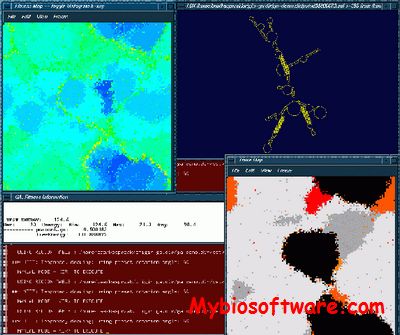sgp2 1.1
:: DESCRIPTION
sgp2 is a program to predict genes by comparing anonymous genomic sequences from two different species. It combines tblastx, a sequence similarity search program, with geneid, an “ab initio” gene prediction program. In “assymetric” mode, genes are predicted in one sequence from one species (the target sequence), using a set of sequences (maybe only one) from the other species (the reference set). Essentially, geneid is used to predict all potential exons along the target sequence. Scores of exons are computed as log-likelihood ratios, function of the splice sites defining the exon, the coding bias in composition of the exon sequence as measured by a Markov Model of order five, and of the optimal alignment at the amino acid level between the target exon sequence and the counterpart homologous sequence in the reference set. From the set of predicted exons, the gene structure is assembled (eventually multiple genes in both strands) maximizing the sum of the scores of the assembled exons.
::DEVELOPER
RODERIC GUIGO LAB
:: SCREENSHOTS
N/A
:: REQUIREMENTS
:: DOWNLOAD
 sgp2
sgp2
:: MORE INFORMATION
Citation
G. Parra, P. Agarwal, J.F. Abril, T. Wiehe, J.W. Fickett and R. Guigó.
“Comparative gene prediction in human and mouse.”
Genome Research 13(1):108-117 (2003)

